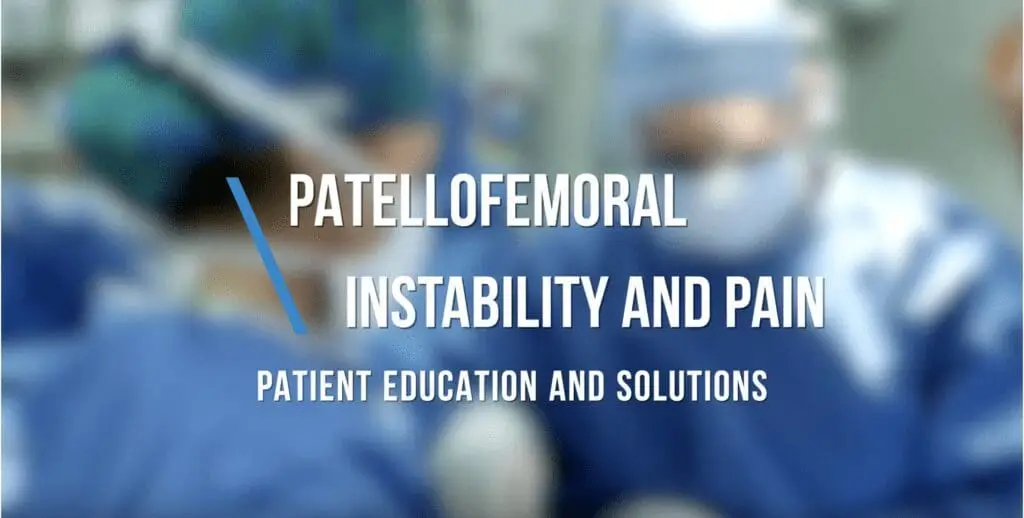Patellafemoral Instability
In the front of the knee the kneecap slides up and down in a groove in the thigh bone. Sometimes it can slip out causing pain, swelling and cartilage injury.
How does it feel?
It can feel unstable and in severe cases it can be difficult to fully extend the knee. Sometimes patients have to go to the ER to get the patella back into the groove. Often these injuries are accompanied by swelling and it can take weeks to months to feel normal again.
How does it happen?
In some patients it happens without any trauma and at a young age. In others it can occur playing sports with or without a contact injury. It can recur especially when it first happens before the age of 25.
How can it be fixed?
In most cases it can be fixed by reconstructing the MPFL (Medial PatelloFemoral Ligament) which is a minimally invasive surgery with a 4-6 month recovery. In patients who have suffered cartilage damage the surgery may be more complicated with the addition of a bone re-aligning surgery such as a tibial tubercle osteotomy and/or a cartilage replacement surgery.
Watch my video on patellofemoral instability and pain.
Patellar Pain And Arthritis
In the front of the knee the kneecap slides up and down in a groove (trochlea) in the thigh bone. Sometimes it can be malaligned or arthritic causing pain, swelling, and cartilage injury.
How does it feel?
It can feel unstable and hurt especially going down stairs, sitting for a long time, wearing high heels or doing squats or lunges. Often these conditions have caused pain for years and a change in weight or activity level can make it feel much worse.
How does it happen?
In some patients it happens without any trauma and at a young age. In others it can occur when they either get out of shape or ramp up activity quickly in an effort to get back in shape.
How can it be fixed?
In most cases it can be fixed by avoiding exacerbating activities, going to physical therapy, using injection treatments such as cortisone, hyaluronic acid and PRP. In some cases surgery is required to realign the patella within the groove (tibial tubercle osteotomy) or to replace the cartilage on either the kneecap or the front of the thigh bone (trochlea).

